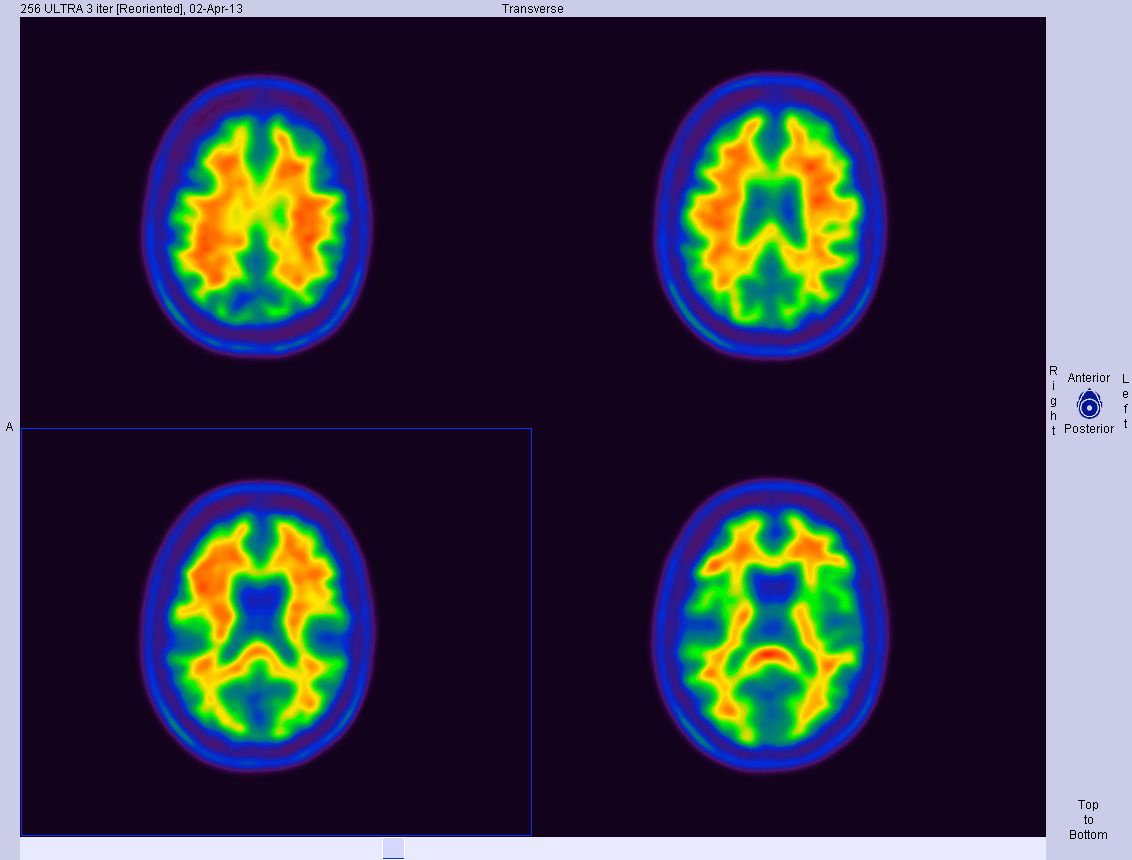Humans and chimpanzees share a common evolutionary ancestor that lived about six million years ago. Their genomes are extremely similar, and only a little more than one percent different. Yet the two animals differ dramatically in many ways. The human brain is three times as big as the chimp’s brain, and its cerebral cortex contains more than twice as many nerve cells. What is it about our genome that accounts for this difference?
Earlier this century, researchers began to identify where these functional differences in our genome lie. They were surprised to find that most lay in parts of the genome that don’t contain instructions for making proteins, and were once dismissed as “junk DNA.” Some of this “junk DNA” is now believed to regulate the activities of genes that do encode proteins.
In 2021 a team of Swedish scientists published an investigation into what one of the uniquely human parts of this portion of the genome does. In their study, the researchers made use of a technique from stem cell research. The technique causes cells from the skin to revert into stem cells, like those in an embryo, which can then be programmed to develop as brain cells.
Using various genome editing techniques, they then introduced changes into human cells to functionally mimic what was observed in chimpanzees, and changes into chimpanzee cells to functionally mimic humans.
The researchers found that the effects of the changes in gene regulation caused by the “junk DNA” were driving the development of the brain cells. Besides understanding the evolution of human intelligence, the researchers hope to shed light on brain disorders such as schizophrenia.










